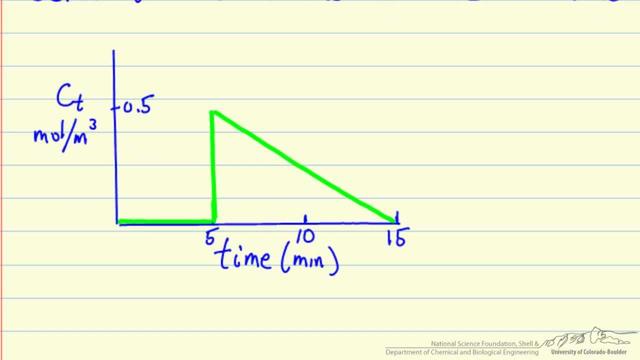Measurement method
When the visitor makes the first request to the Web server, a session is started for this visitor. From this point on, when the customer browses the site, each request will be recorded corresponding to a request time. For example:
click 1: index.html (time: 12:01)
click 2: member.html (time: 12:02)
click 3: product.html (time: 12:04)
Then usually web analysis tools calculate the time spent by visitors on a page by calculating the difference in the time stamp between one page and the next page Time. In the above example, the user spends 1 minute on the home page (index.html) (12:01 – 12:02), and spends 2 minutes on the member page (member.html) (12:02 -12:04) . So how much time was spent on the product page (product.html)? Since the user has left the website from this page, we cannot know the specific time point of the user’s departure. It may be that the page was called and left the computer just after the page was opened. It may also be that the page is too difficult to understand and the user has watched it for a long time. I didn't understand it and closed it directly. Therefore, usually web analysis tools define the time spent by visitors on this page as 0 minutes.
In this way, the problem is big, you will find that a large part of the page visitors on the website spend close to 0 seconds. Take my blog, or the content pages of many news sites, most blogs put most of the content directly on the homepage, so most readers will not comment or reply in depth after reading the content of the article. At this time they left directly.
At this time, the cups appeared. In the web analysis tool, this situation can only be counted as 0 seconds, so we can’t know whether they spent 10 minutes reading carefully and thinking deeply, or short After a few seconds, he left without interest. Therefore, the definition of a visitor's last page of 0 seconds is a very cute trap. Therefore, if a large number of visits to your website are visits to a single page, then your visit time must have a lot of data tending to zero, and the average visit time of the site is a value that does not make much sense. In this case, the access data of a single page can also be excluded in the statistics, and the results may be very different.

How to define
As mentioned at the beginning of this article, is this indicator as high as possible? No~
If you are trying to help your customers complete their tasks as soon as possible (such as buying, answering questions), then the goal should be as short as possible; if you want your customers to work together Participate in the interaction of the website, then the longer the time, the better.
In addition, it should be noted that the definition of this goal is not just a simple question of whether "more" is good or "less" is good. We can achieve the goal of "less" by reducing the number of pages, and achieve the goal of "more" by increasing the number of pages in a certain process or setting more process obstacles in the process of users completing their goals. These inappropriate methods and methods will degrade the overall user experience of the website and cause greater losses on other more critical data.
So, this is just an indicator. Just understand it and let it serve your ultimate value.
Average time on page:
The average time spent by visitors to browse a single page, the time spent on the page = the time to enter the next page-the time to enter this page.
Average time on site
Definition: How much time each visitor spends on the site on average. Average time on site = total time on site/number of sessions (visits)
Unit of measurement
Take Baidu statistics as an example, the unit of average visit time in Baidu visits is: hour: minute: second.
For example: 00:13:19, which means 13 minutes and 19 seconds.
